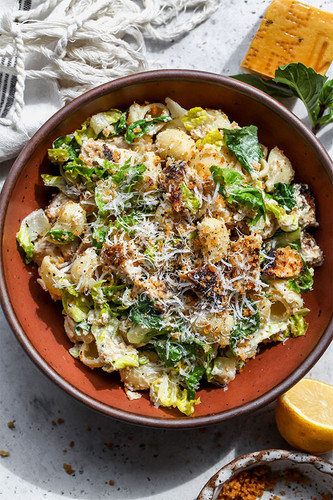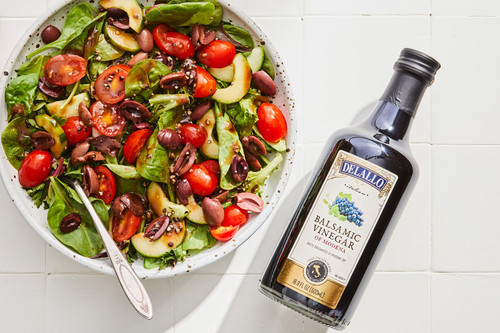Easy, Fast, And Pantry-Friendly Spaghetti Al Tonno (Pasta With Tomatoes And Tuna)
Easy, Fast, And Pantry-Friendly Spaghetti Al Tonno (Pasta With Tomatoes And Tuna) Craving something quick, comforting, and full of flavor? Say hello to Spaghetti al Tonno courtesy of o
Read More »pasta












